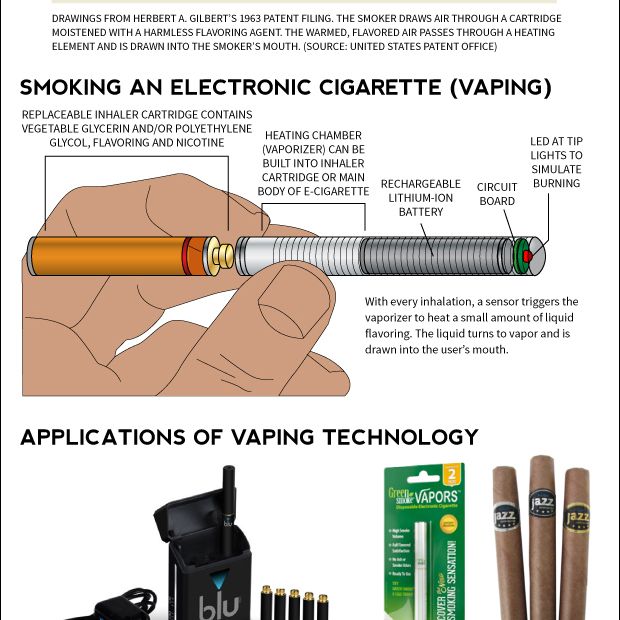The term “electronic cigarette burner” primarily refers to the atomizer head or heating coil assembly within an e-cigarette. This component is crucial for the device’s function, as it is responsible for aerosolizing the e-liquid.
Core Function and Mechanism
The burner’s fundamental role is to convert electrical energy from the battery into thermal energy. This is accomplished through resistive heating. When the e-cigarette is activated, an electric current passes through a coil of wire (the heating element). Due to the wire’s electrical resistance, it heats up rapidly. This heat is then transferred to the e-liquid, which is typically held in close contact with the coil by a wicking material, causing the e-liquid to vaporize into an inhalable aerosol.

Key Components of a Burner
- Heating Coil: This is a wire, often made from materials such as Kanthal (an iron-chromium-aluminum alloy), stainless steel, nickel, or titanium. The material, gauge, and number of wraps determine the coil’s resistance, which in turn affects heat-up time and vapor characteristics.
- Wicking Material: Commonly organic cotton, silica, or porous ceramic. The wick’s purpose is to draw e-liquid from the tank or reservoir via capillary action and deliver it consistently to the heated coil.
Operational Principles
The efficiency and output of an electronic cigarette burner are governed by Ohm’s Law and Joule’s Law of heating. The power (wattage) applied to the coil, combined with the coil’s resistance, dictates the amount of heat generated. Proper wicking is essential to prevent “dry hits” (where the wick is not saturated enough, leading to overheating and a burnt taste) and to ensure consistent vapor production.
Factors Affecting Lifespan and Performance
- E-liquid Composition: E-liquids with high concentrations of sweeteners or certain flavorings can accelerate the buildup of residue (“gunk”) on the coil, impairing flavor and vapor output, and reducing the burner’s lifespan. High Vegetable Glycerin (VG) content can also lead to slower wicking in some designs.
- Power Settings: Operating the burner at power levels (wattage or voltage) significantly above or below the manufacturer’s recommended range for a specific coil can lead to premature failure or suboptimal performance.
- Usage Frequency and Puff Duration: More frequent use and longer puffs will naturally lead to faster degradation of the coil and wick.
- Coil Material and Design: Different coil materials have varying lifespans and performance characteristics. Complex coil designs may offer enhanced flavor or vapor but can also accumulate residue more quickly.
Maintenance and Replacement
Burner components are consumables and require periodic replacement. Indicators for replacement include a noticeable decline in vapor production, a persistent burnt or off-taste, or visible darkening and residue buildup on the coil and wick. Depending on the device type, this may involve replacing the entire pod/cartridge, a pre-built coil head, or, in the case of rebuildable atomizers (RDAs, RTAs, RDTAs), rebuilding the coil and re-wicking manually.
Regular maintenance ensures optimal device performance, flavor fidelity, and a satisfactory user experience.










